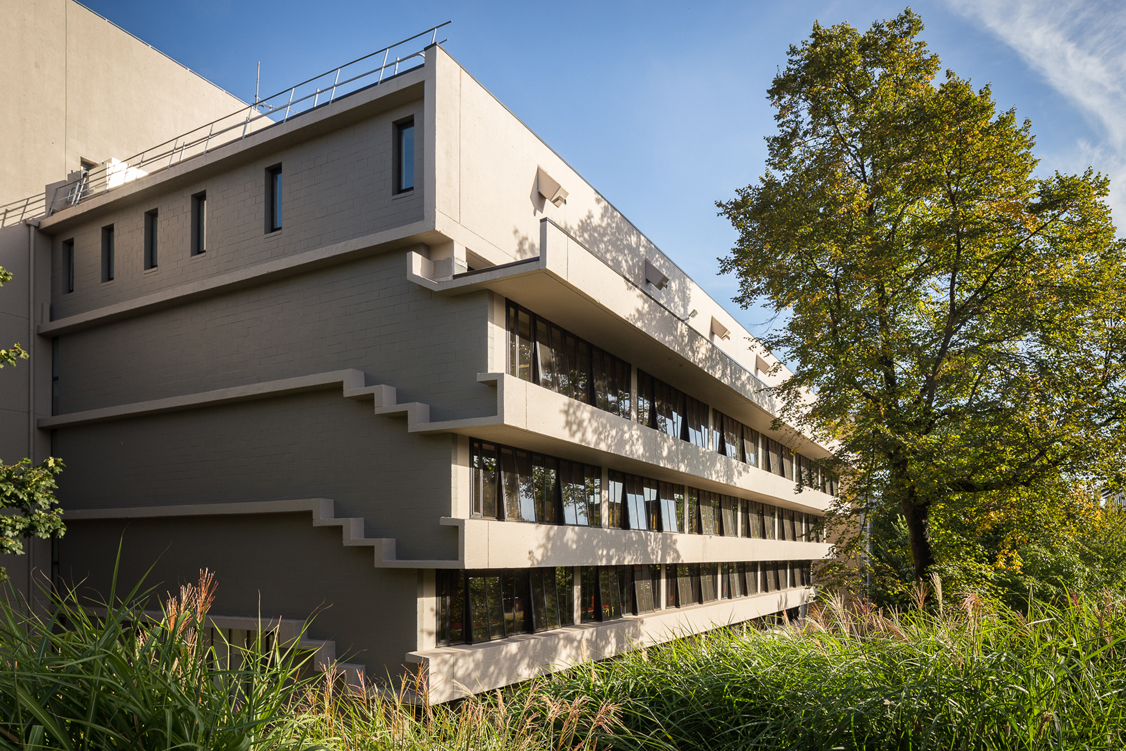Birmingham-based Associated Architects has been praised by conservation experts after completing the first phase of refurbishment at the Edward Boyle Library at the University of Leeds.
The practice has been singled out for its ‘deep understanding’ of the building’s special character, attention to detail and appreciation of the original 1975 design concepts throughout the library’s £17 million refurbishment process.
Associated Architects was appointed to design a comprehensive refurbishment of the concrete modernist building that was completed in the mid-1970s and extended in 1996.
Five floors of the 6-storey building are now open to visitors with the remaining study spaces due for completion in January 2017.
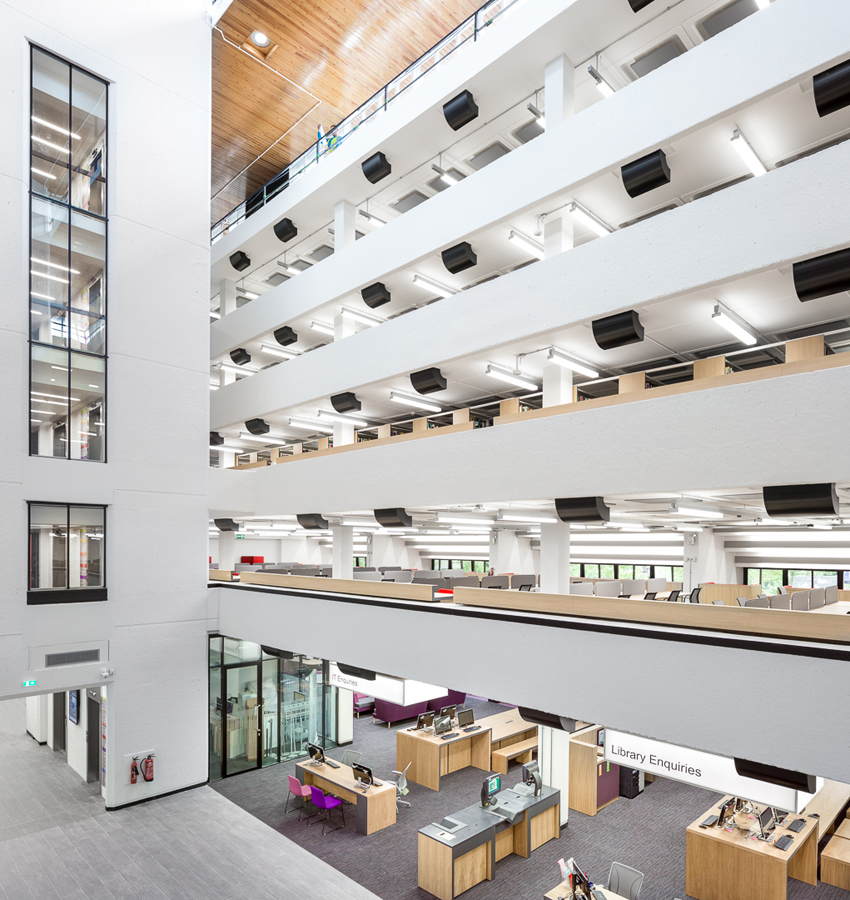
The Edward Boyle Library forms part of a much wider group of listed Brutalist buildings at the University of Leeds designed by Chamberlin, Powell & Bon and constructed in the 1960s and early ’70s.
The restoration of the building not only seeks to provide a state-of-the-art library encompassing a wide variety of different learning environments, but also to enhance and reinforce the original design intent of the building that has either been lost over time or during the original construction process.
Associated Architects liaised directly with the sole remaining partner of Chamberlin, Powell & Bon to compile a comprehensive Statement of Heritage Significance, which helped secure planning permission for the refurbishment works, along with other design details from the original plans.
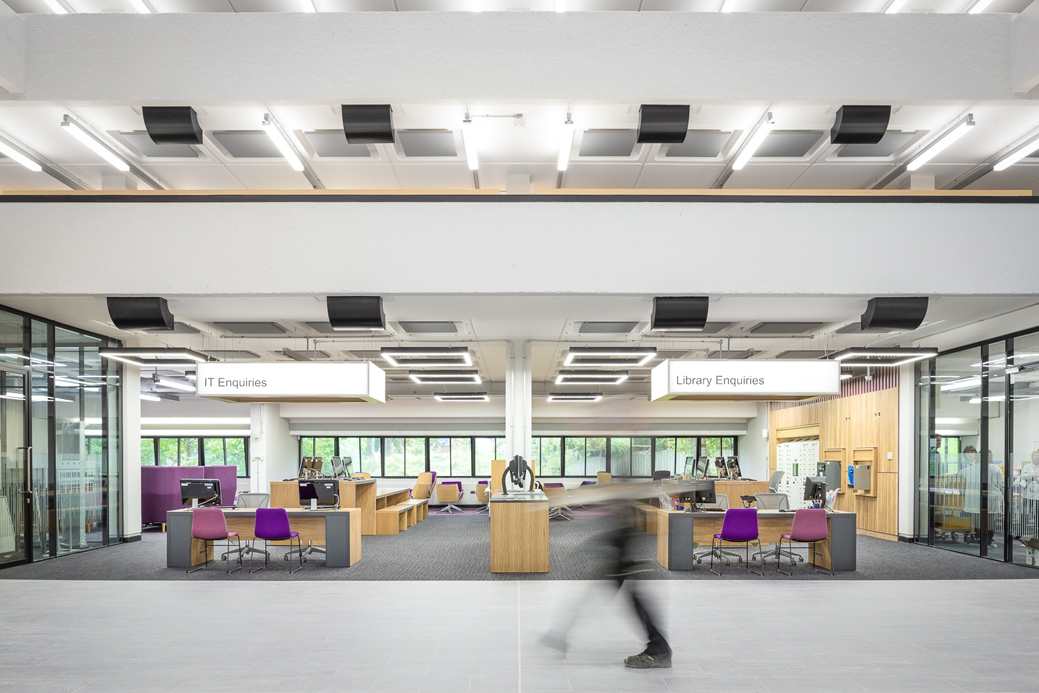
Kate Newell, Senior Conservation Officer, Environment and Design Group at Leeds City Council, said: “The Edward Boyle Library refurbishment is an exciting project showing that change can enhance and strengthen the significance of listed buildings if based on a good understanding of special character and significance.
“The Design Team’s informed approach was the foundation for the scheme with the new works inspired by their understanding and appreciation of the original design intent and existing structure.
“Motifs, approaches and opportunities have been informed by this deep understanding and the results have strengthened the significance of the building while updating it to face the challenges of the changing approach to education in the 21st century.
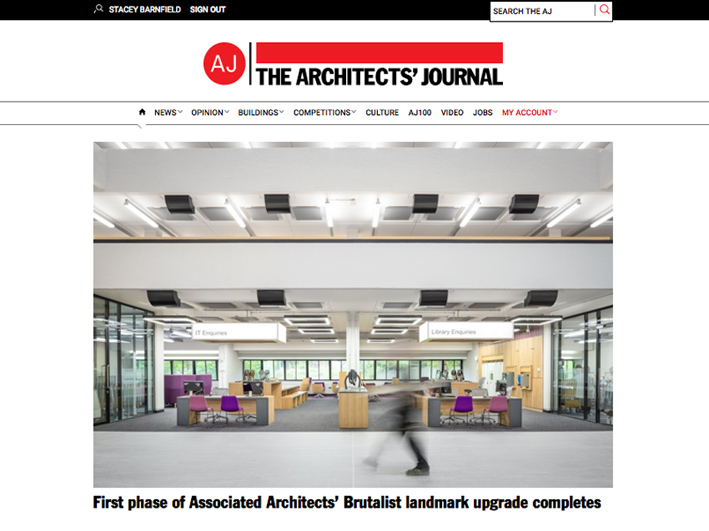
“The re-presented building delivers a state-of the-art library and once again reveals the design strength and original concepts of the Chamberlin, Powell & Bon campus buildings that are such an asset to the University.”
Associated Architects’ brief was to provide a library of quality appropriate for a research-intensive 21st century university, to increase NSS scores and cater for an increasing student population.
Consolidation of the book collection and use of rolling stack and stores have given scope to improve study space throughout the building, including increasing natural light levels and creating bookable group spaces and individual research studies for postgraduates.
Reimagined stepped study carrels on each floor provide improved learning spaces with new sightlines and external views of the University campus and its artworks, among them a Barbara Hepworth sculpture.
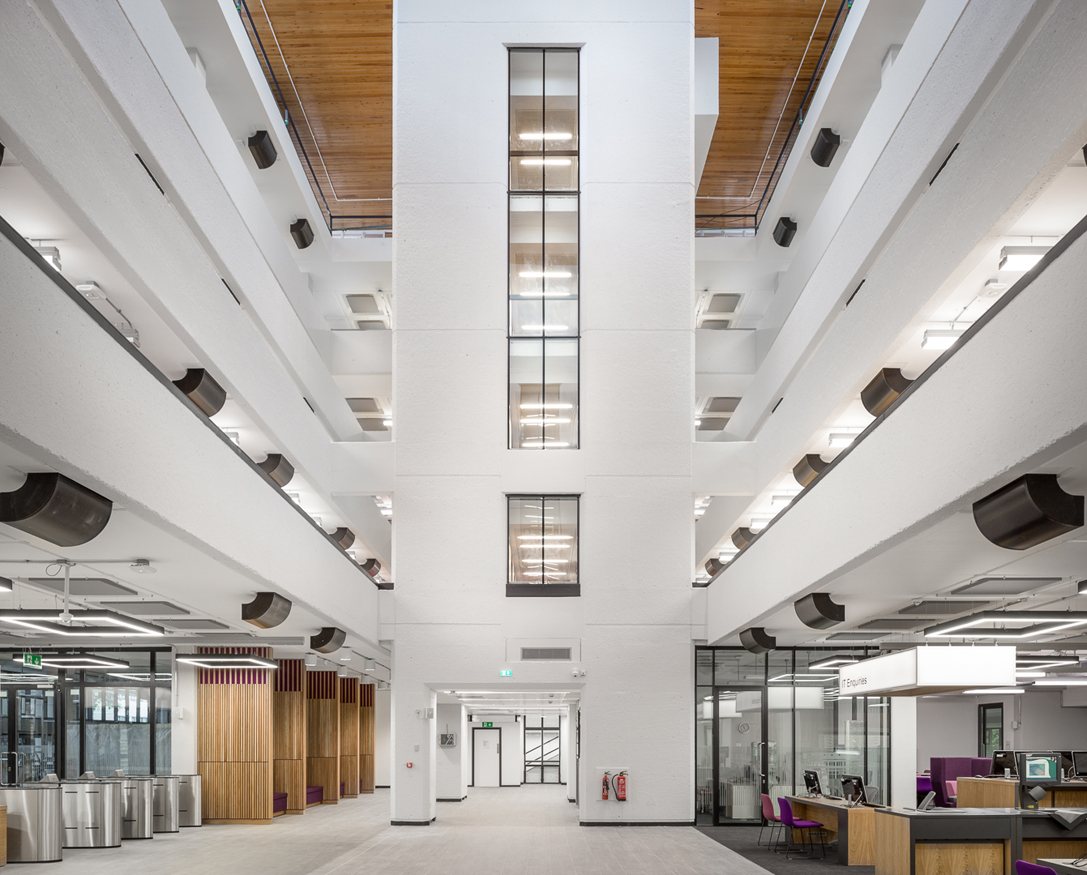
The top floor of the library has been converted to a dedicated Post Graduate and Research Suite, which will also provide better working facilities for interdisciplinary research groups and visiting scholars.
Extensive reglazing of solid external walls at ground and first floor levels opens up the library visually and increases internal daylighting.
Chamberlin, Powell & Bon followed a sequence modelled on the colours of the rainbow used to denote levels across campus, this colour theme has been reintroduced through its furnishings and finishes, while all interior walls have been repainted with subtle whites and greys.
The energy performance of the building will be significantly improved through new secondary glazing, internally applied insulation and airtightness improvement works.
Using the BREEAM 2014 accreditation methodology the refurbishment is targeting an Excellent rating and is likely to be one of the first under the new standard.
Press release issued by Edwin Ellis Creative Media on behalf of Associated Architects

